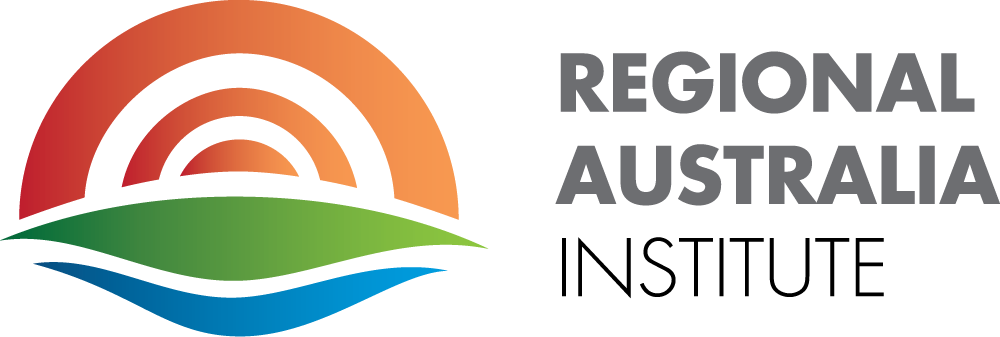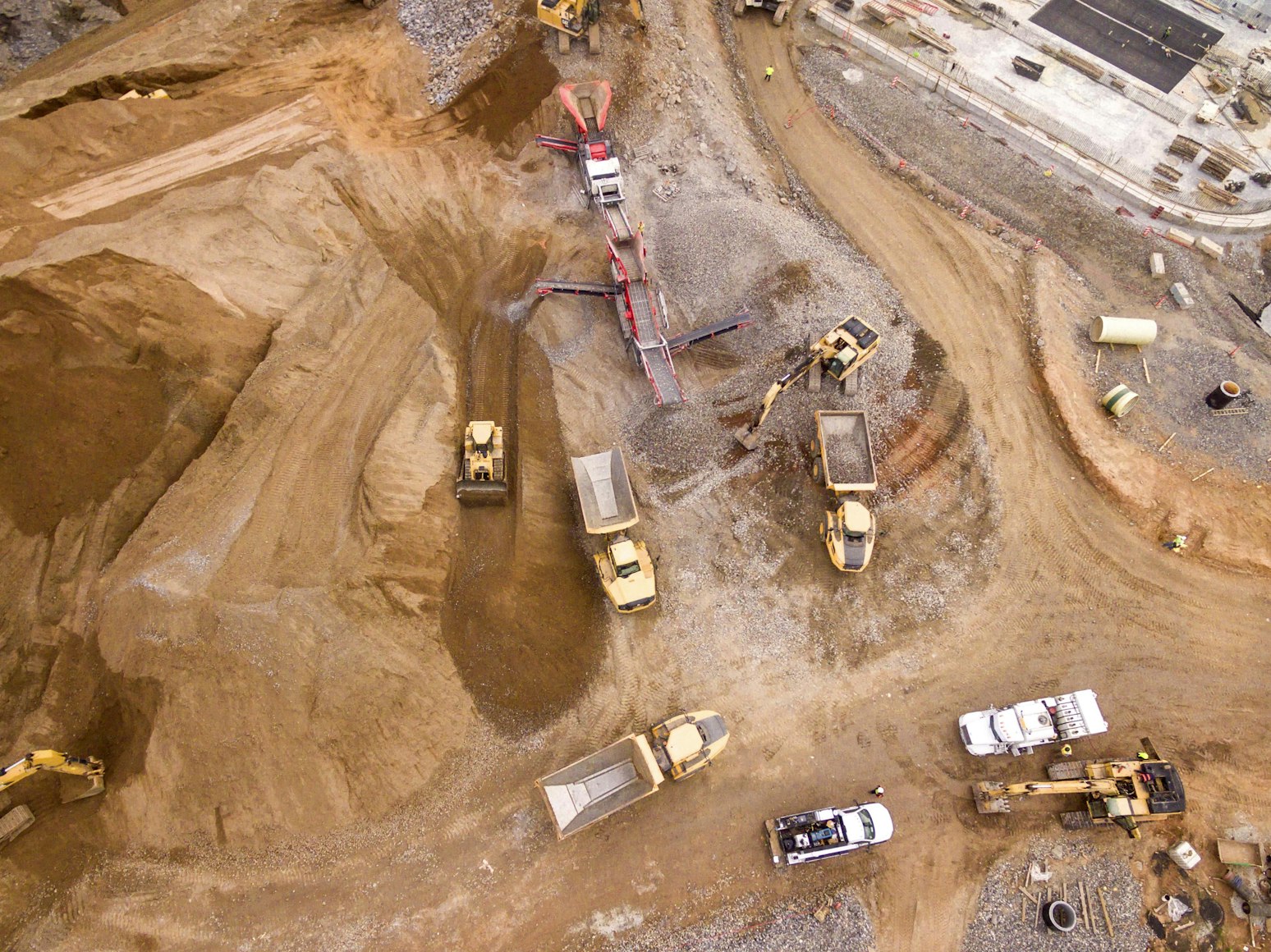New data from the Commonwealth Bank reveals quarterly migration from capital cities to regional areas over the past two years is averaging 15 per cent higher than what is was in the two years pre-COVID 19.
The latest Regional Movers Index – a partnership between the Commonwealth Bank and the Regional Australia Institute (RAI) – analyses the quarterly and annual trends in people moving to Australia’s regions.
According to the December quarter index released today, net migration to regional areas is more than double the levels recorded over the two years prior to the pandemic.
Commonwealth Bank’s Executive General Manager for Regional and Agribusiness Banking, and RAI Regional Australia Council (RAC2031) member, Paul Fowler said: “City siders have really embraced Australia’s regions over the past two years and as we see flexible working arrangements continue and Australia’s domestic and international borders opening up, it’s likely we will continue to see this movement as people recognise the benefits of a regional lifestyle.”
Dr Kim Houghton, the RAI’s Chief Economist and Acting CEO said: “With two years of the Index we can now clearly see the impact that COVID has had on people seeking a regional lifestyle. It is particularly exciting that many of the smaller regions showing high rates of growth are inland towns. It looks like the pandemic is changing some long-established movement paths, which is a good sign for more balanced population growth across Australia in the future.”
While net migration to the regions remains strong, the number of people relocating to the regions in the December 2021 quarter was down 10 per cent compared to the previous quarter. This was partly due to the high movement already seen in previous quarters, as well as seasonal conditions, and accelerated regional housing price growth.
Looking at the full year, the Gold Coast remained the most popular destination among metro-movers in 2021, welcoming 11 per cent of all people who moved from capital cities. The Sunshine Coast wasn’t far behind (5 per cent), followed by Greater Geelong (4 per cent) and Wollongong (3 per cent).

Australia’s two largest capital cities saw the majority of net outflows in 2021, with Sydney and Melbourne representing 53 per cent and 46 per cent of net outflows respectively.
Throughout 2021, New South Wales absorbed 50 per cent of the net inflows of people moving to regional Australia, while Queensland and Victoria each picked up 20 and 21 per cent of the inflows respectively.
The areas recording the strongest annual growth in migration through 2021 were located in Queensland and South Australia, with SA’s Port Augusta topping the list (54 per cent growth), followed by the Queensland local government areas of Douglas (49 per cent) and Western Downs (48 per cent).







